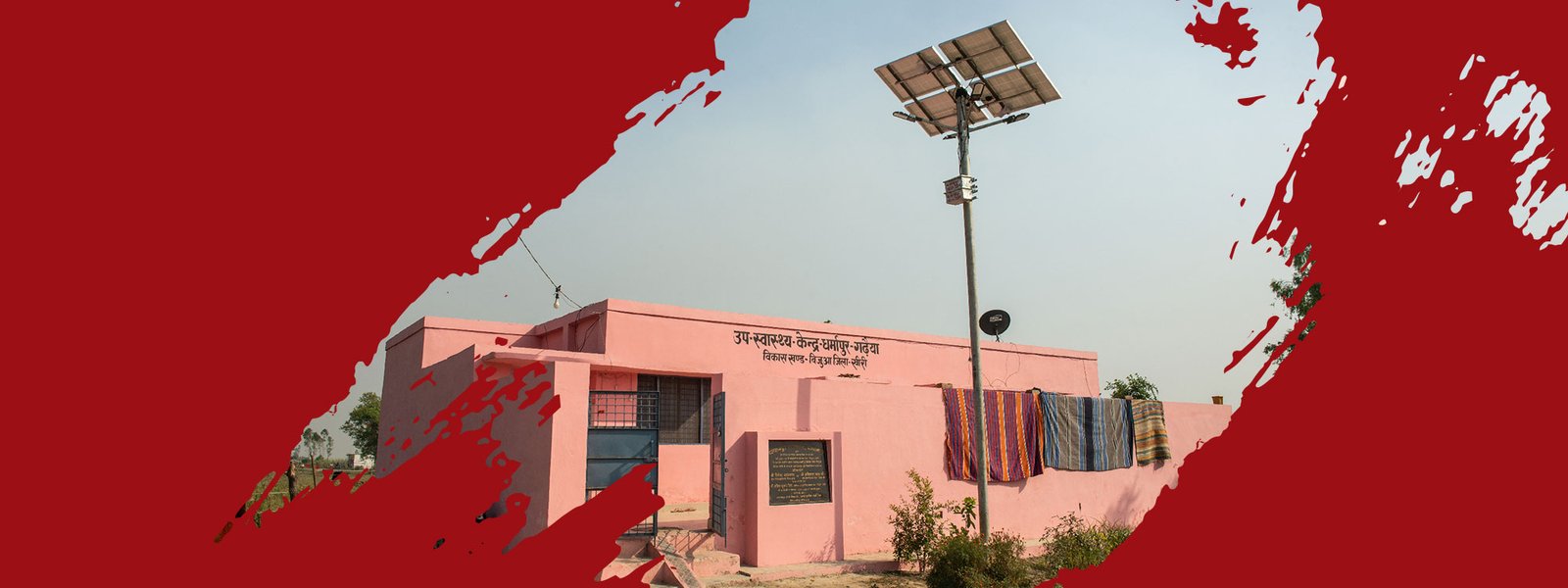
Overview
Balrampur Foundation's Healthcare and Sanitation initiatives have made a significant impact on communities in Gularia, Babhnan, Balarampur, and Haidergarg. Through accessible medical services, oxygen plants, and improved health centers, they have enhanced healthcare support. The Foundation's provision of medicines and medical equipment further bolsters medical resources. Empowering ANMs and improving PHCs and CHCs strengthen healthcare infrastructure and accessibility. Water security and groundwater recharge projects ensure sustainable water resources. Additionally, support to delivery centers in Diwantand and Dharmapur highlights their commitment to maternal and child health. Overall, Balrampur Foundation's efforts have created positive change, fostering better healthcare opportunities and well-being in the supported regions.
“Lorem ipsum dolor sit, amet consectetur adipisicing elit. Necessitatibus nostrum mollitia, repellat assumenda cumque laboriosam quibusdam quod reiciendis quia quisquam vel rem similique eveniet sed quas consequuntur! Dignissimos, quasi beatae.
Patients Benefitted
Blankets Distributed
Infrastructure Improvement

The Challenge
The healthcare and sanitation initiatives face challenges like limited infrastructure and resources, difficulty in accessing remote areas, shortage of skilled personnel, cultural barriers, funding constraints, and the need for sustainable models. Addressing these challenges requires community engagement, effective coordination, and long-term commitment to improve healthcare outcomes.
Strategic Approach
To tackle this challenge, our strategic approach involves several key components.
Needs Assessment: Conduct a comprehensive needs assessment to identify the specific healthcare requirements of each area. This assessment should include an evaluation of existing healthcare infrastructure, resources, and services, as well as the prevalent health issues and challenges faced by the communities.
Multi-Sectoral Collaboration: Healthcare and wellbeing are influenced by various factors, including access to clean water, nutrition, sanitation, and education. Collaborate with other sectors like water resources, education, and nutrition to address the broader determinants of health and promote a holistic approach.
Capacity Building: Invest in training and skill development programs for healthcare professionals, including ANMs, doctors, nurses, and other healthcare staff. This will enhance their capabilities to deliver quality healthcare services and ensure the proper management of healthcare facilities.
Infrastructure Development: Improve healthcare infrastructure by renovating and equipping existing healthcare centers, delivery centers, and community healthcare centers. This includes ensuring a stable supply of medical equipment, medicines, and other necessary resources.
Public Awareness and Education: Launch public awareness campaigns to educate the communities about preventive healthcare measures, family planning, nutrition, and the importance of regular health check-ups. Health education will empower individuals to take charge of their wellbeing.
Government Support: Seek support from the local and regional government authorities to promote policy changes, allocate resources, and foster an enabling environment for healthcare improvement.
By following this strategic approach, the healthcare and wellbeing initiatives in Gularia, Babhnan, Balarampur, and Haidergarg can be implemented effectively, leading to better health outcomes and an overall improved quality of life for the communities in these areas.

Testimonial











